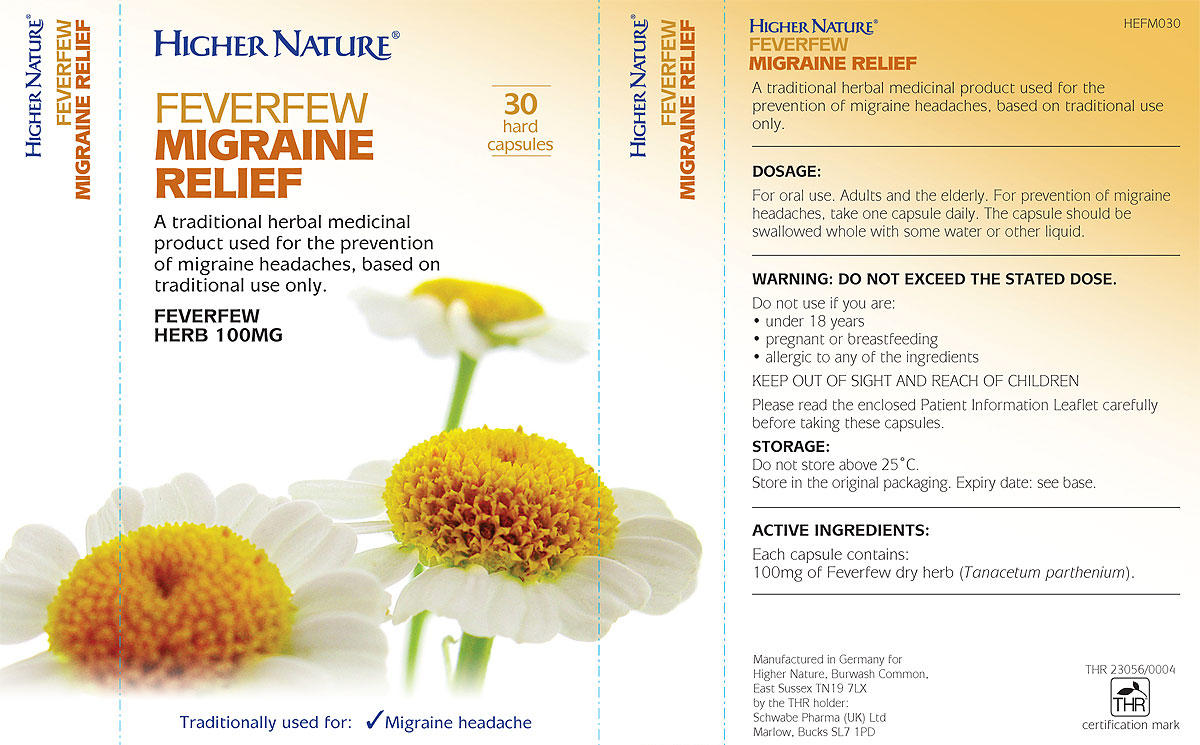Causes of Headaches And How To Avoid Them
Within the last year, headaches have affected almost half of all adults worldwide, according to the World Health Organization. There are around seventeen different types, and although they are all different, they all cause pain. The three main types of headaches are primary, secondary, and cranial neuralgias, facial pain or other. Symptoms may include squeezing, throbbing, and constant or intermittent pain of the face, forehead, skull, neck or the entire head. Here are some possible causes and prevention techniques.
Primary Headache Main Causes

Symptoms categorize headaches. An underlying disease does not usually cause primary headaches. Instead, they are caused by overstimulation of the structure in the head responsible for reacting to pain. They occur when there is chemical activity in the brain, blood vessels, or nerves surrounding the skull. Even the muscles in the head and neck may cause a primary headache. Individual genetics also make a person more likely to develop primary headaches. The most common types are cluster, migraines, and tension headaches.
Various Other Primary Headaches Causes

Chronic daily headaches are the main symptom of a primary headache. Head pain may occur while coughing, exercising, or during sex. These conditions may be triggered by certain lifestyle factors such as stress, skipping meals, eating too much at meals, poor posture, eating the wrong foods such as processed meats containing nitrates, lack of sleep, changes in sleep patterns, and alcohol, especially red wine. Targeting which environmental factors cause head pain is an easy way to treat headaches.
